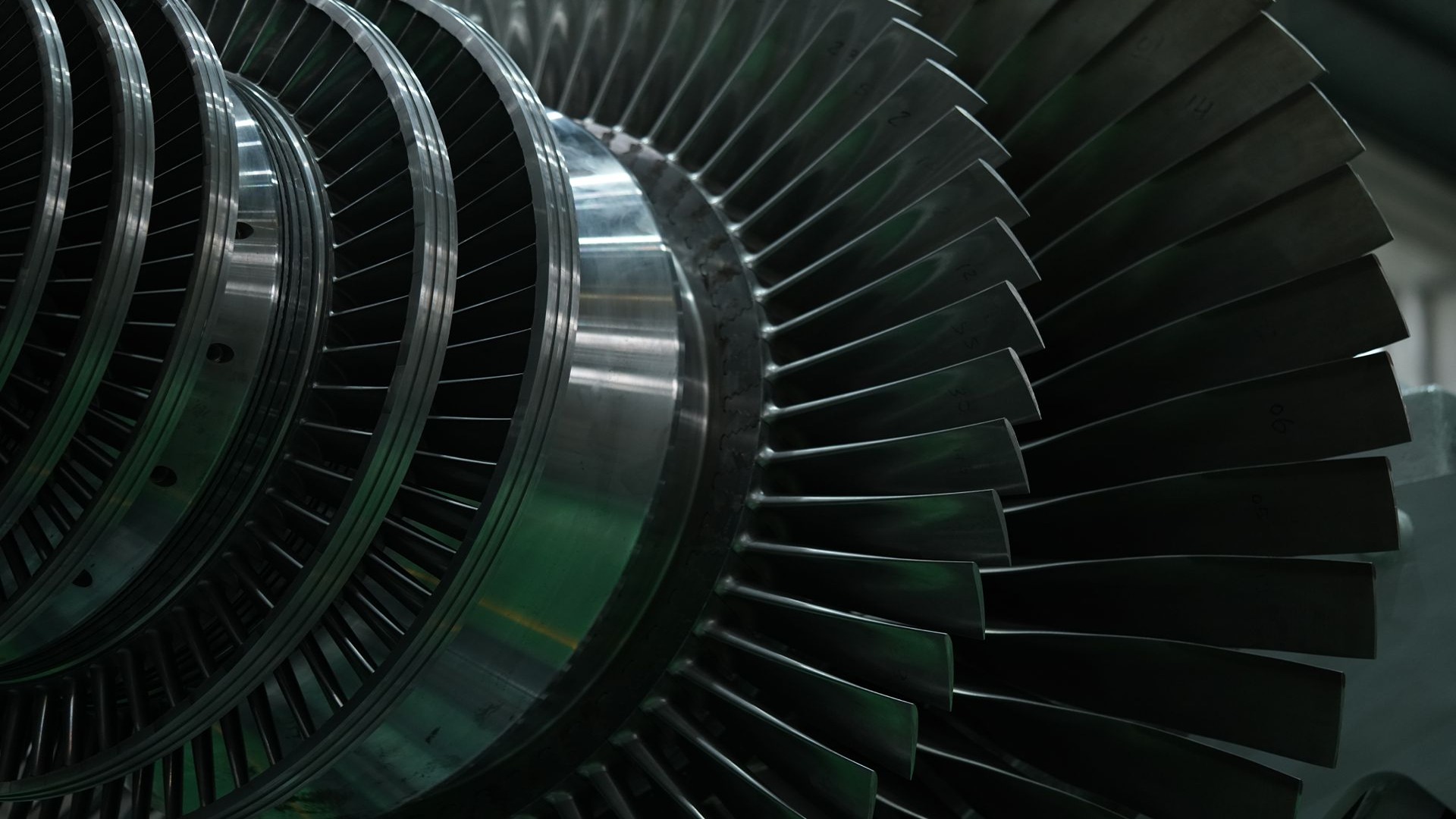
How Could Heat Pumps Become the Best Investment for Your Factory?
Operational efficiency and environmental responsibility are closely linked. Across captive power plants, oil and gas facilities, utility power stations, and geothermal setups, energy optimization remains a top priority. Industrial heat pumps, when integrated with high-efficiency steam turbines, offer cost-effective power generation aligned with global energy transition goals.
At Triveni Turbines, we recognize that combining customized steam turbine solutions with heat pump chillers is both an environmentally responsible and strategic business decision.
What is an Industrial Heat Pump?
An industrial heat pump is a mechanical compression cycle device that moves heat from a lower temperature to a higher temperature. Unlike traditional boilers or electric heaters, heat pumps use minimal input energy to transfer large amounts of thermal energy.
A heat pump chiller can also provide simultaneous heating and cooling, making it ideal for industries where both are needed, such as food processing, pharmaceuticals, and chemical manufacturing.
Why Traditional Heating Systems Fall Short?
Conventional boilers consume high amounts of fossil fuels, resulting in poor efficiency, high carbon emissions, and volatile operating costs. In contrast, an industrial heat pump can deliver a Coefficient of Performance (COP) between 3 and 6, which means for every unit of electricity consumed, up to six units of heat are transferred.
Such efficiency results in tangible savings in both energy costs and environmental impact.
Key Benefits of Heat Pumps for Factories
Industrial heat pumps offer factories a smart, energy-efficient alternative to conventional heating systems, delivering significant cost savings and reduced emissions. With advanced heat recovery capabilities, they support sustainability goals and enhance operational efficiency.
Energy Efficiency That Reduces Costs
Factories that integrate heat pumps with steam turbine systems see a significant drop in overall energy consumption. This allows facilities to run more efficiently without compromising on output.
Support for Energy Transition Goals
Incorporating heat pumps into your power generation architecture contributes to low-carbon footprint operations. It represents a step toward sustainable power solutions that fulfill regulatory compliance and stakeholder expectations.
Scalable and Customizable
Not every plant has the same heating and cooling needs. That’s why customized steam turbine solutions, engineered by Triveni Turbines, ensure that your system complements the heat pump for optimum performance.
Extended Equipment Life and Reliability
Combining a heat pump chiller with robust aftermarket services and proactive maintenance programs can prolong asset lifespan and minimize downtime. We provide comprehensive lifecycle support to sustain performance over decades.
Addressing Common Misconceptions
Now, let’s address some of the most common misconceptions related to heat pumps.
Myth 1: “Heat pumps don’t work in high-temperature environments.”
Fact: Today’s industrial heat pumps can reach temperatures up to 160°C or higher, making them suitable for a wide range of processes.
Myth 2: “Heat pumps are only for small factories.”
Fact: Modular configurations make heat pumps adaptable for both small and large-scale captive power plant operations, including utility and oil, and gas plants.
Investing in an industrial heat pump isn’t just a cost-saving decision; it’s a strategic move toward sustainability. When integrated with our high-performance steam turbine technology, the benefits are multiplied.
As industries globally adopt sustainable technologies, it is the time to consider heat pump supported by a reliable maintenance partner who can play a key role in your green energy transformation. Triveni Turbines remains at the forefront on this transition, delivering solutions that integrate performance with environmental responsibility.
